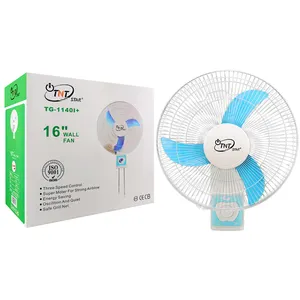

















The 220v wall fan category encompasses a diverse range of air circulation solutions designed to meet the needs of various environments, from residential spaces to commercial settings. These fans are pivotal in maintaining a comfortable atmosphere by providing consistent airflow in a fixed installation.
Within the realm of 220v wall fans, there are several types, including axial flow fans, which are ideal for general air movement, and wall-mounted options that save floor space and are perfect for areas where a ceiling fan is not feasible. These fans are commonly utilized in households, outdoor areas, and hospitality venues like hotels, ensuring a cool environment for comfort and relaxation.
The design of a cabin fan wall type 220v is engineered for durability and performance. Materials range from robust plastics to metals, catering to different aesthetic preferences and functional requirements. The fans come with various control options, from simple pull-chains to remote controls, enhancing user convenience.
The functional advantages of a 220v wall fan are numerous. They are designed to be energy-efficient, providing a cost-effective way to cool spaces. Their wall-mounted nature means they are out of the way, saving valuable floor space while also avoiding the safety hazards of floor-standing units.
When it comes to operation, 220v wall fans offer flexibility. They can be powered electrically, which is the most common, but there are also options for those seeking alternative power sources, such as batteries. Some models feature different speed settings and oscillation capabilities to customize airflow.
Selecting the right 220v wall fan involves considering the specific needs of the space, such as size, typical occupancy, and layout. It's important to assess the fan's specifications to ensure it aligns with the intended application, providing efficient air circulation without excessive energy consumption.